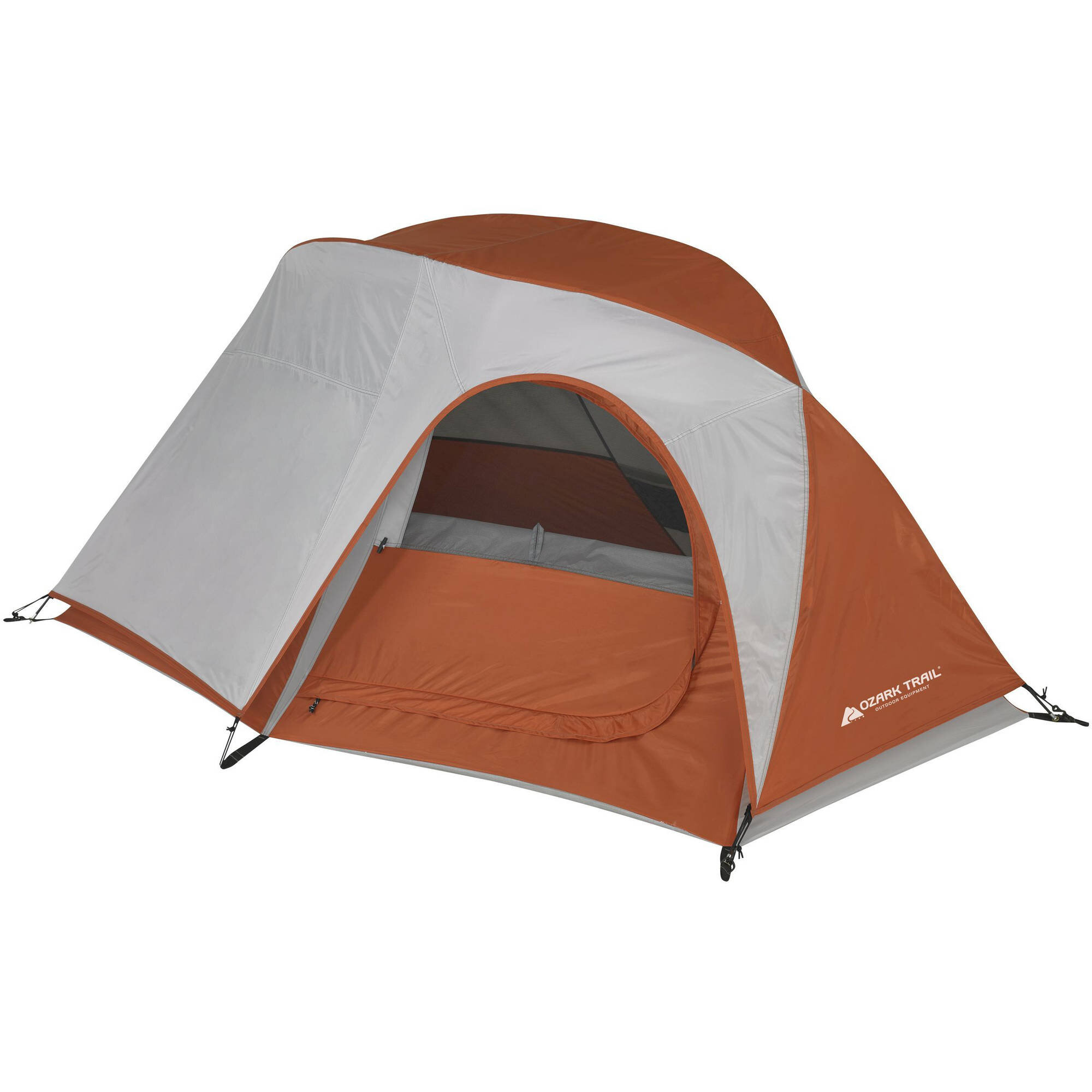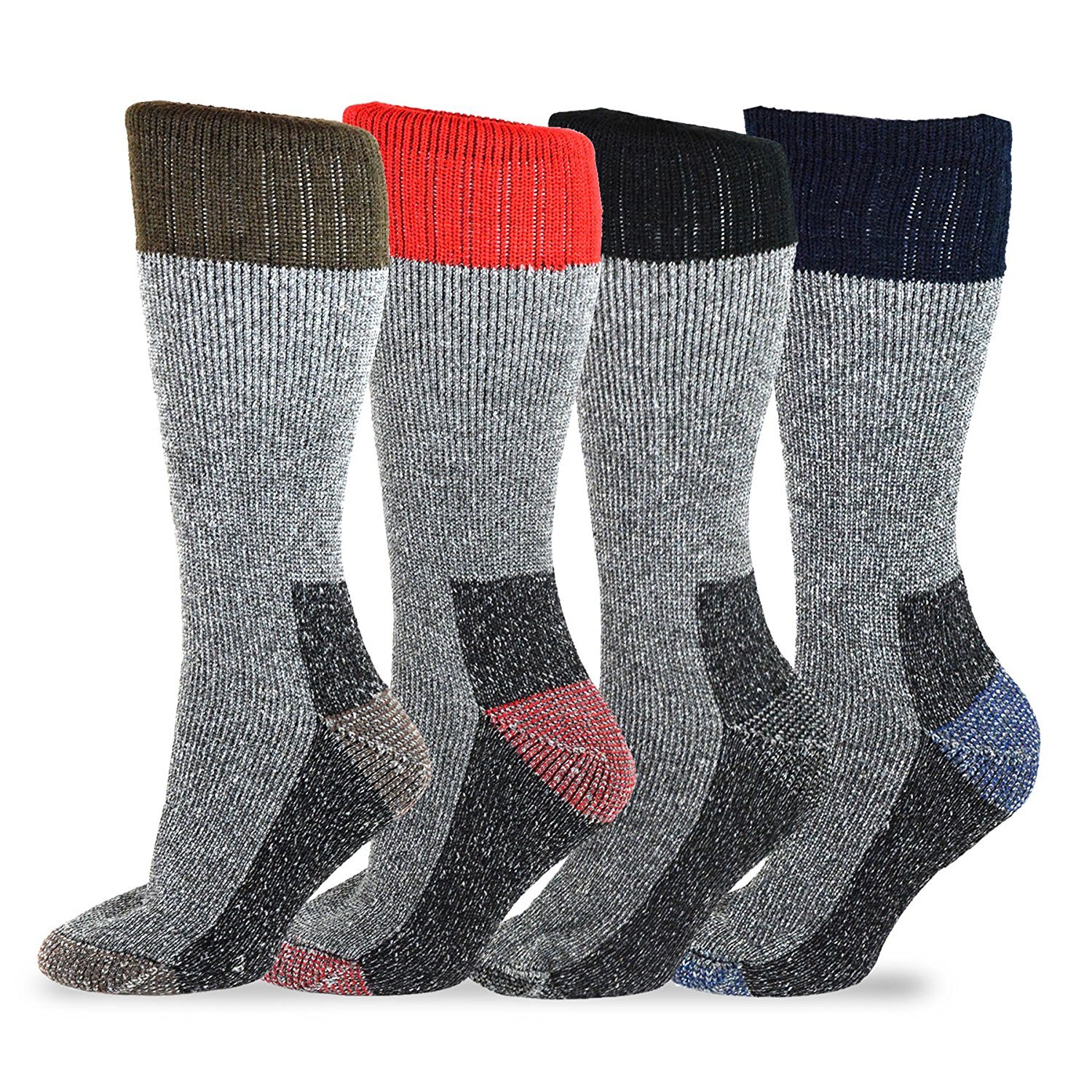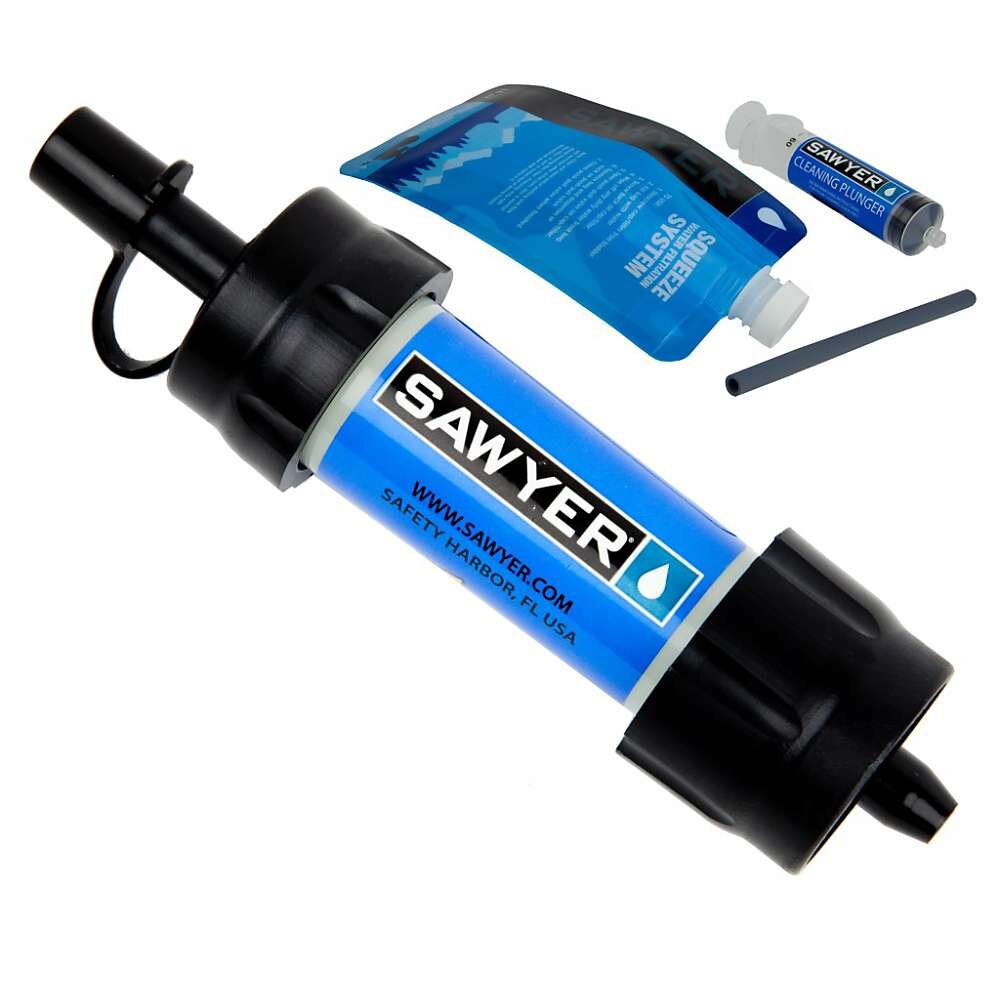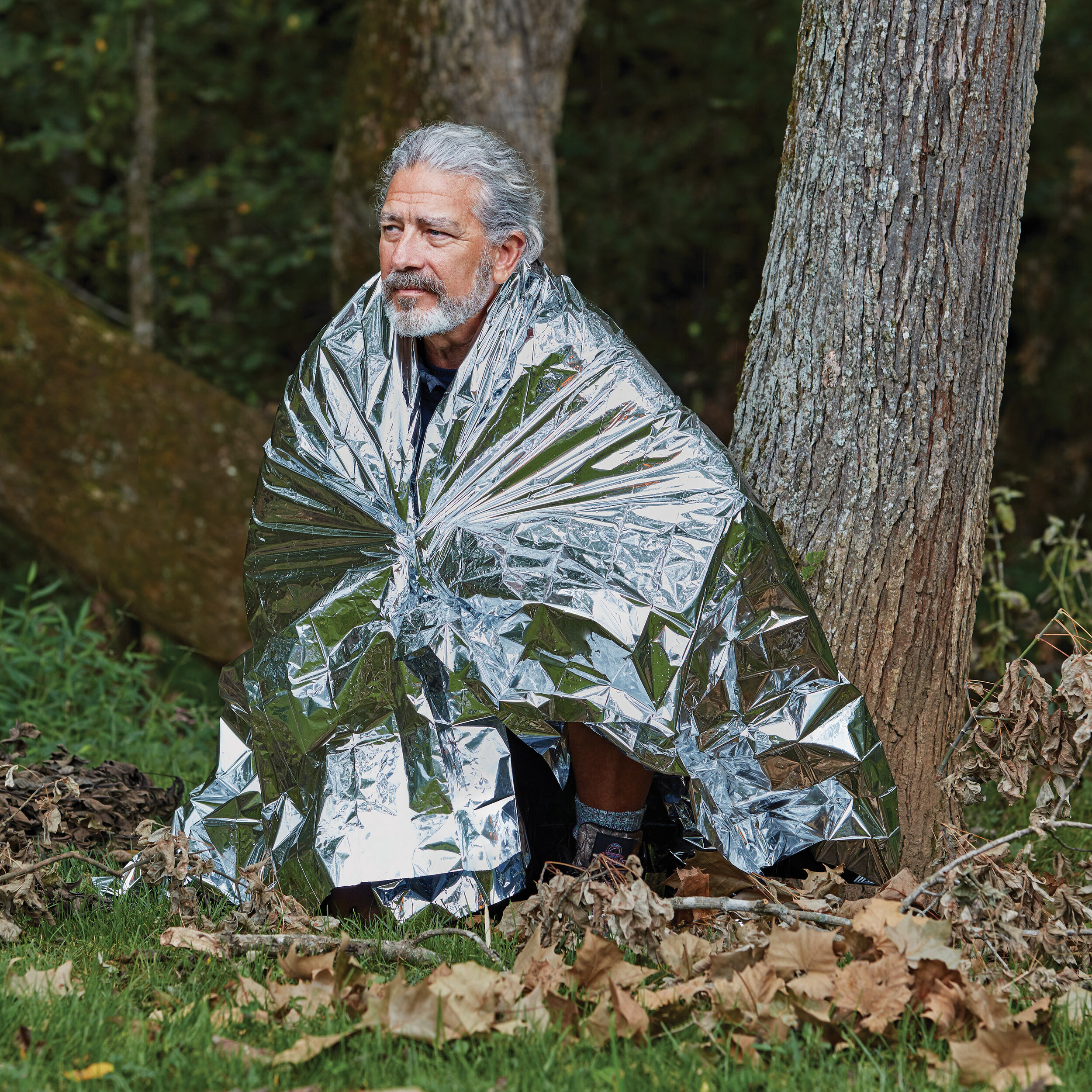Blog Post Ten
Homeless Gear: What It Takes To Survive A Cold Night On The Streets
When Gear For The Homeless was born we were staring down a forecasted winter storm warning. Driving around we couldn’t help but think about all the people that couldn’t or wouldn’t utilize a shelter and would be living unsheltered in bitter cold and snowy conditions. We bit the bullet and ordered as many coats as we could afford and the day after they arrived, started giving them away. The next day a winter storm barreled down dropping several inches of snow throughout the entire east coast. We felt so blessed to be a part of helping people endure such harsh conditions. We couldn’t fix their situation, but in the moment we delivered high quality, warm, down coats, warm socks, hats, gloves, food and hygiene kits, down sleeping bags, blankets and tents. There are a lot of organizations pairing with homeless shelters or cold weather shelters that open temporarily when the weather is most brutal. But we’ve encountered no other organizations trying only to meet the needs of unsheltered people. For more on the difference between Sheltered vs. Unsheltered homelessness please head over to our post where we discuss that in greater detail. For this post we are going to talk about what it takes to survive extremely cold weather.
Tent
Some type of shelter. A tent, tarp or overpass is critical as a first line of defense. The ideal tent would be a small, lightweight, waterproof, freestanding tent between 3-5 lbs. A freestanding tent is a tent that can be used anywhere on any surface. Because of its pole structure, the tent can be popped up and will stand independently without being staked down. This makes it slightly heavier than a semi-freestanding tent but more useful in urban environments where surfaces are often pavement or asphalt.
Semi-freestanding- These tents are generally more lightweight than a freestanding tent simply because they have less poles. Semi-freestanding tents have a rigid center pole that runs the length of the tent and a shorter pole that runs the width. The outside corners of the tent must be staked down to help the tent maintain its shape. These tents are great for grassy areas but are harder to use on asphalt or hard surfaces or in emergency shelters like a gym.
Any tent would also ideally have a groundcloth or “footprint” , adequate waterproofing and an emergency repair kit.
Below are some examples. Again there is a balance between cost, weight and quality. You want to try to find the best quality for the most reasonable price ($30-$75), AND the lightest weight. Ultralight tents are wonderful for hikers, but the materials used in ultralight tents are also usually less durable than those used is modern lightweight dome tents and may be less durable in the long run.
A 3 person Freestanding tent -$24.99 at Wal-Mart We would like better quality, but this is the best we can find locally in just about any city at a great price / weight combination. 5.64 lbs
A free standing 1-2 person at walmart.com 4lbs $30.00 Less space and lighter.
Semi - freestanding tent $26.94 Wal-Mart
Sleep system
A sleep system includes a sleeping bag and an insulated pad. This helps to maintain body temperature and an insulated pad helps prevent heat loss through the ground. Down sleeping bags usually do the best job of balancing warmth and weight and packability or size. Down is unsurpassed in warmth to weight ratio. There simply is no alternative to down for small lightweight and warm sleeping bags, but they are expensive and must be kept dry to be effective. For this reason synthetic fill could be a better option for unsheltered people dealing with wet conditions. Synthetic fill remains warm even when wet, but is far heavier and bulkier than down. There is a whole science to the size and shape of sleeping bags and they can even be gender specific. In the hiking world these are all wonderful features to learn about and utilize but when addressing homelessness a basic 650-700 fill bag that is warm, without being too heavy or bulky will do the job well. In this case brand is not as important as the price point. Also don’t be confused by our terms lightweight and warmth. When we talk about lightweight, we are talking about the total weight of the product, the down fill is what measures the warmth it can provide. The unique thing about down is that it is both very warm and extremely lightweight. That’s why you get the puffy look to down products. The feathers spread out, insulate the air and provide a barrier to the external elements. Any synthetic product will be heavier and less packable. We are still looking for our top choice in this category but below is one option we found at Macy’s. Our ideal price point would be at find a bag at $50 to give away. We are hoping to share our mission with large companies and get deep discounts to help us be able to get good quality gear that will last, to the people that need it the most.
Omnicore Designs
New Standard M-3D -10 Degree Fahrenheit -23.3 Degree Celsius Ultra-Lightweight Multi- Down Mummy Sleeping Bag Regular Regularly $110/ On Sale $70.99. This bag meets a lot of standards but is very heavy by camping standards. Although it’s advertised as Ultra-lightweight it weighs in a over 4lbs. That’s pretty heavy for a sleeping bag in todays market. But the price might make it an acceptable trade off for a down bag. Heavier weight usually means the outer nylon and zipper are not as lightweight as typical backpacking bags and add to the overall weight. Buy at Macy’s.com.
Down Coat
Anyone who has spent any time outside in the cold knows the importance of a good coat to protect against the wind and cold. It is the body’s last line of defense and often the difference between life and death. The importance of down is that it helps retain core body heat more efficiently than any other product. Down coats follow a lot of the same principals as down sleeping bags. Warmth to weight ratio is important as well as packability. Many homeless people carry their belongings with them and it just isn’t practical to carry a heavy winter coat all summer long. So many people discard their winter coats during the summer months. That’s why we aimed to invest in lightweight, down, PACKABLE coats that actually pack into their pocket and can be used as a pillow during the summer months. You just can’t get packability with anything else like you can with down. And down compresses fine but then easily puffs up when unpacked from the stow pocket. Our goal was to find sustainably sourced down jackets that were at least 650 fill for under $100 each. These coats had to also be water repellant and lightweight so they would be an asset and not a burden. We realized that people would also need a quick tutorial to the importance of these coats and how to use a down jacket and its features. We found Eddie Bauer made the best and most affordable jackets we could find while still meeting the rest of our standards. This is a critically important piece of gear that we would like to get into the hands of everyone we meet that is living unsheltered.
A wool/ or winter hat
Most heat loss happens through the head and feet. Even in a warm sleeping bag it is easy to get cold if your head is uncovered. So a warm hat is a sleeping essential.
Warm wool socks
You may be thinking that wool is itchy, but merino wool is soft and comfortable and helps wick moisture and control odor. Merino wool is the gold standard of hiking enthusiasts. Smartwool has a lifetime warranty that we love. But they are an expensive investment and someone who is homeless might not be able to follow up on the warranty to get a new pair if needed. A more accessible and simple solution are these socks or similar at Walmart for about $5.00/pair.
Microfiber quick dry shirt
Cotton kills is the saying hikers live by. Cotton is slow drying and absorbs water and sweat and can easily lead to hypothermia as sweat cools and the cold wet fabric is pressed against the skin . Any kind of performance shirt that isn’t cotton is a good base layer to wick away sweat and dry quickly. This helps someone who has been exerting themselves in cold weather dry quickly and warm up faster after sweating. We have found a great option at Wal-Mart for around $6 a shirt.
$6.88 Quick dry shirt wal-mart.com
Gloves/ hand warmers
Gloves and hand warmers help keep spirits high and helps people be able to do necessary tasks that require dexterity even in extremely cold weather. We buy gloves and hand warmers during the spring when they are on sale.
$11.86 from Wal-Mart.com but buy whatever you can find at a good price point. Try Amazon and local drug stores after the holidays. These are waterproof and insulated, but a little more expensive than we would normally buy.
A Reusable water bottle
It may not seem intuitive that in cold weather people would be worried about water, but water is necessary to life, and being able to carry and store 26 oz of water can mean less exposure going out to gather or refill disposable water bottles. Also a sturdy water bottle with a clip allows it to be carried hands free and most can be used to store hot water from a gas station. Most people out in the elements will sleep with a water bottle down in their sleeping bag to keep it from freezing and when filled with hot water can help warm the air in their sleeping bag helping to keep their core body temperature warmer.
Outdoor Products water bottle Wal-Mart $4.37
Water Filter
A Sawyer water filter isn’t necessarily a cold weather survival tool but is a survival tool in places where water is harder to find. This water filter can filter creek, lake or pond water providing an endless supply of free water. It is important to sleep with the filter in a warm place as they are very prone to freezing and cracking, but have an amazing reputation for their quality and depenability.
Sawyer Mini Water Filter Wal-Mart/ Amazon $19.99
Survival Blankets
These thin space grade blankets are used in emergency situations to help reflect body heat back onto the user. They are very efficient and useful and extremely lightweight to carry.
Ozark Survival Blanket Wal-Mart $2.88
Camp stove/ cookstove
There are many hiking options from the tiny MSR cook stove to the substantial JetBoil. The stove we like the best for unsheltered homeless use is a simple wood burning stove that doesn’t require expensive canned fuel. Any kind of combustable material can be used to start a fire including small sticks, leaves and paper, which are easy to find even in urban areas. These stoves are small, lightweight and only cost about $18.00 on Amazon.
Packets of hot beverages- tea, coffee, hot chocolate
Packets of any hot beverage can help someone who is homeless and unsheltered feel warm and provide glucose and energy. Many people have access to a corner gas station or grocery store where they can get hot water for free. If they have a reusable hot water bottle they can prepare for bed by filling their water bottle with free hot water and adding a packet of beverage to sip on to stay warm through the night. On a really cold night nothing is as comforting as tea, hot chocolate or hot coffee or soup to warm the soul. These are cheap and easy to provide in a food/hygiene bag and will be a very appreciated resource.
Scarf/Balaclava
Either of these help protect tender face skin from chaffing or cracking and can help stop critical heat loss and prevent drafts. Do not buy the balaclavas that look like bank robber hoods. These will only add to the stigma that unsheltered homeless face in urban environments. Something like this is more appropriate.
Hand lotion and Chap Stick (or vaseline which is multipurpose).
Anything to help rehydrate against harsh wind and cold can help prevent cracked lips, hands and chaffed, burning, red, cheeks. These simple items can be immensely valuable during bitter cold winter days when shelter isn’t an option.
We hope this guide helps you understand how you can offer practical support to those that are homeless and living unsheltered especially during cold weather.

















